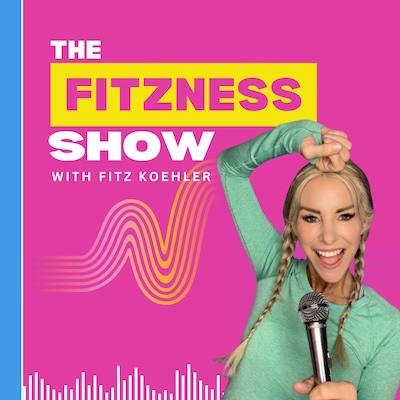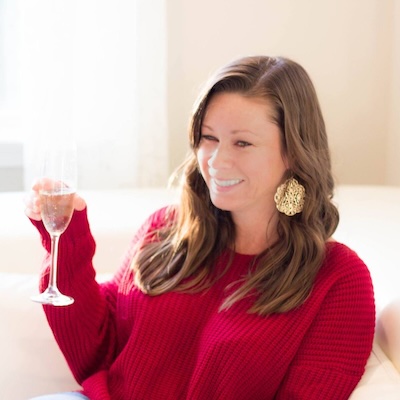Starting Over? At My Age?
Photo by Getty Images on Unsplash
Growing older comes with more than its share of surprises. One of the most unpleasant is the termination of a marriage. Unfortunately, that nasty surprise faces a growing number of older adults.
The term “gray divorce” was coined and popularized by AARP in 2004 to describe divorces among people aged 50 or older. (More recently, some wag tried to rebrand this phenomenon as “silver splitters,” but the notion died for lack of a second. And rightly so.)
Regardless of label, it is a phenomenon. The overall divorce rate in the U.S. peaked in the 1980s at 41% and has been steadily declining since then, but the rate for older adults has been heading in the opposite direction. The divorce rate for people aged 50 or older doubled from 1990 to 2021, and for couples over 65 the rate has tripled. In April 2021, the Census Bureau reported that couples aged 55 or older accounted for almost 36% of divorces each year.
Blame the Boomers
When people try to explain the cause, fingers generally point to the baby boom generation. Preachers and other culture-war veterans are no doubt explaining the divorce trend as the natural outgrowth of the generation’s moral depravity, and anyway what do you expect from people who bought records by The Rolling Stones. But there are other explanations.
Early to wed, early to walk out – As a group, Baby Boomers married early. A Bureau of Labor Statistics study found that 86% of people born between 1957 and 1964 had been married by age 46 – and 45% had been married more than once. Remarriage is a high risk factor for divorce – remarriages have a 2.5 times greater risk of divorce than first marriages, says Susan Brown, co-director of the National Center for Family and Marriage Research at Bowling Green University.
Longer lives, longer marriages. “Til death do us part” was an easier vow to keep when death typically did you part inside of 10 years. One unintended consequence of longer lives is longer marriages, for better or for worse. Many who experience marriage “for worse” may find themselves humming the words to Meatloaf’s biggest hit: “Praying for the end of time/ So I can end my time with you!” For those who can’t wait that long, there’s divorce.
The stigma is gone. In earlier generations, marriage was a sacred vow and divorce was cause for shame. But with the odds on sustaining a marriage approaching 50-50, divorced men and women (and single parents) are accepted in all walks of life.
Women have visible means. Raised during the era of women’s liberation, baby boomer women have worked and do not have to depend on husbands for their survival. Divorce is, if not economically desirable, at least economically possible.
Staying together for the kids. Couples that tolerate a rocky marriage to provide a stable family for the children are ready to move apart once those children leave the nest – generally when the parents are in their 50s.
Financial Sacrifice
In financial terms, a gray divorce is a losing proposition for both partners (but a financial boon for divorce attorneys and the housing industry). According to Susan Brown and her colleagues’ research, men can expect a 21% decline in their standard of living after a gray divorce; women can expect their standard of living to drop 45%. Each will see their wealth decline by half. One financial planner remarked that she has never seen a divorce in which either partner is better off financially.
While divorce is costly at any age, the costs of gray divorce are steeper. Here are a few considerations that divorcing couples must confront:
The house – who keeps it? Who covers the mortgage payments and utilities and property insurance? Is it best to sell it and split the proceeds? Where will each partner live now?
Retirement benefits – dividing them is complicated by laws and regulations governing these accounts. There’s little or no time left to rebuild savings.
Health insurance – if one partner was covered by the other’s group policy, they probably have to find individual coverage, at considerable cost.
Adult children and grandchildren – the emotional costs, too, are high, even in the friendliest of divorces. It presents challenges for the children, regardless of their age. Assigning visiting hours to the grandparents is one of the many minefields of sensitive feelings that must be navigated and negotiated.
Healing and Resilience
The fact that the gray divorce rate keeps rising, despite the financial disadvantages, tells you that many older adults are willing to sacrifice their standard of living to achieve greater happiness, relief from emotional pain, or a chance to begin anew. Those goals are rarely met instantaneously upon the receipt of the final divorce decree.
“Healing from divorce later in life, especially after a very long marriage, can be particularly challenging due to the unique life changes that come with it,” writes psychologist Ann Gold Buscho. “However, it is possible to heal and find happiness in this new phase of life.” Among her suggestions: accept your strong emotions, maintain boundaries with your adult children, practice self-compassion, and prioritize self-care.
Counselors and psychologists can help adults who have experienced a gray divorce to strengthen and maintain emotional resiliency, something that older adults are more likely to have developed through their experiences in life. “One advantage adults over 50 have is a better perspective, which helps when life throws curveballs their way,” says Susan T. Charles, a professor of psychology at the University of California, Irvine.
If you’re thinking about joining the ranks of the gray divorced, consider your future happiness – but weigh the costs.


























